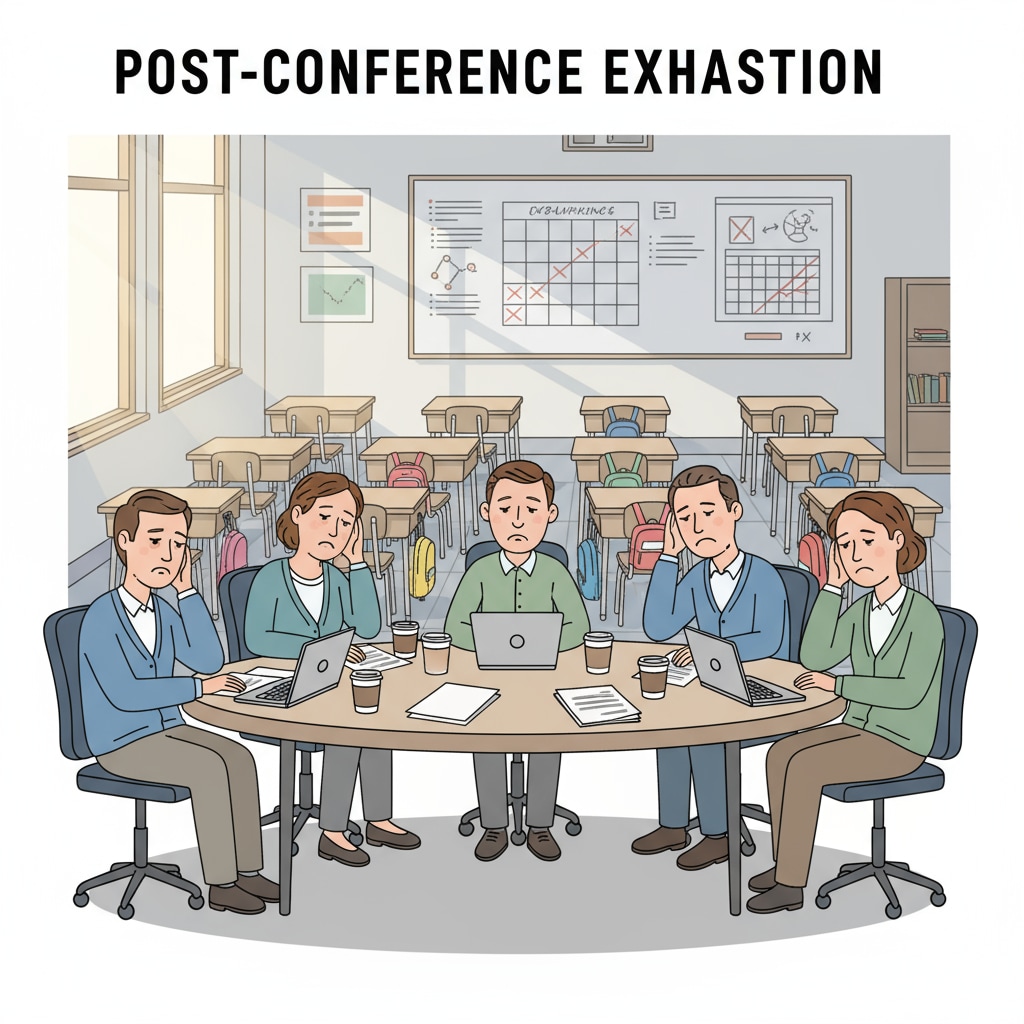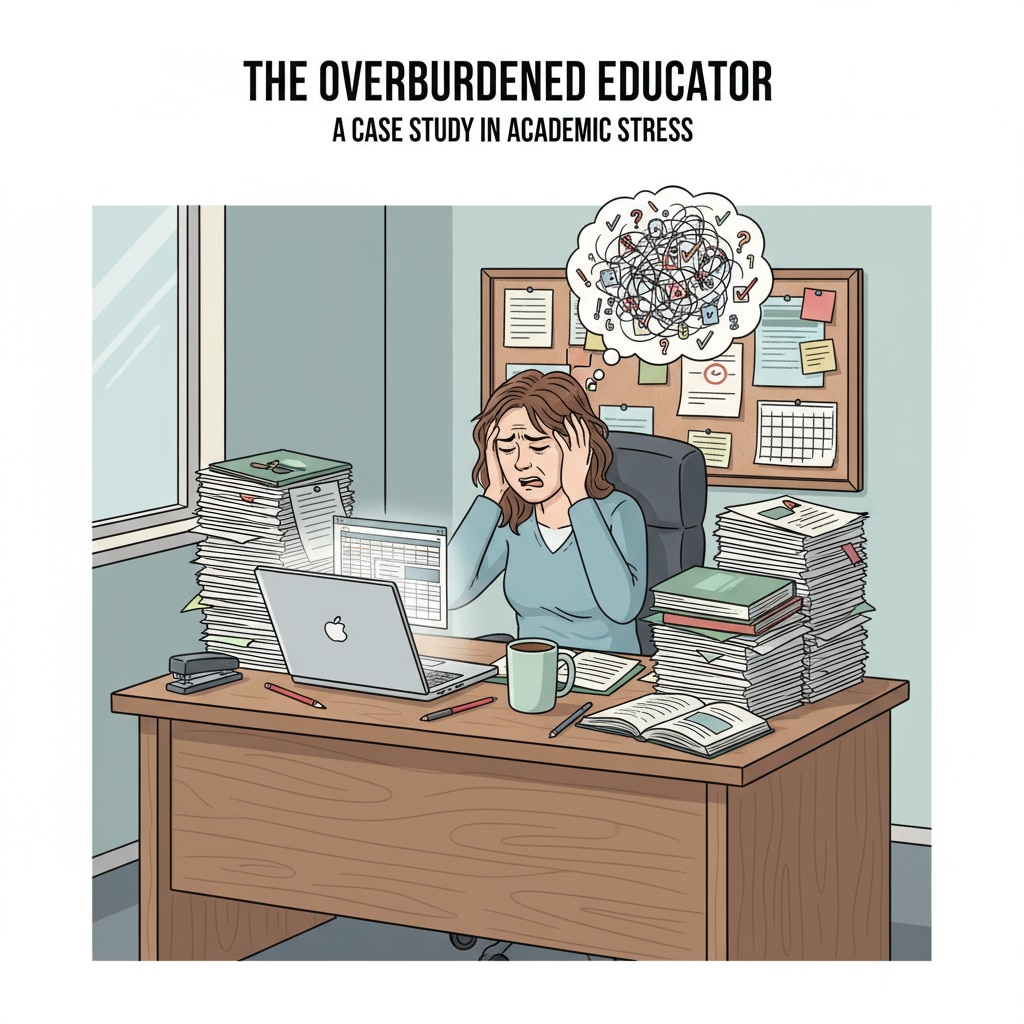Educators, work support, and job burnout are intertwined aspects that significantly impact the quality of education. In the realm of K12 education, teachers are on the frontlines, shaping young minds. However, they often face numerous challenges that can lead to job burnout.

As we embark on this investigation, it’s crucial to understand the real – life situations they encounter and how work support can be enhanced.
The Heavy Burden on Educators
Educators today are shouldering a heavier load than ever before. In addition to traditional teaching responsibilities, they are now expected to handle administrative tasks, meet diverse learning needs of students, and keep up with the latest educational trends. For example, they must design personalized learning plans for each student, which requires a great deal of time and effort. According to The National Education Association, many teachers report feeling overwhelmed by these additional duties, which is a significant contributor to job burnout.

The Lack of Adequate Work Support
One of the key factors contributing to educators’ job burnout is the lack of sufficient work support. In many schools, teachers do not receive enough resources, such as updated teaching materials or proper technological support. Moreover, administrative support can be lacking, with long approval processes for simple requests. As a result, teachers often have to find solutions on their own, adding to their stress levels. Teach.org has highlighted these issues as major obstacles in creating a conducive working environment for educators.
Another aspect of work support is professional development. While many educators recognize the importance of continuous learning, they often face barriers in accessing relevant and high – quality training programs. This lack of growth opportunities can make them feel stagnant in their careers, further fueling job burnout.
Readability guidance: As we can see, the lack of work support in various forms is taking a toll on educators. In the next section, we will explore how to build a more supportive educational ecosystem.
Building a Supportive Educational Ecosystem
To address educators’ job burnout and improve work support, a comprehensive approach is needed. First, schools should allocate more resources to teachers. This includes providing up – to – date textbooks, access to educational software, and proper classroom facilities. In addition, administrative processes should be streamlined to reduce the time teachers spend on non – teaching tasks.
- Professional development opportunities should be expanded. Schools can collaborate with educational institutions to offer workshops, seminars, and online courses that are relevant to teachers’ needs.
- Creating a positive work culture is also essential. This involves promoting teamwork, recognizing teachers’ achievements, and providing emotional support.
By building such a supportive educational ecosystem, we can help educators regain their passion for teaching and ensure the long – term quality of education.
In conclusion, educators, work support, and job burnout are issues that demand our immediate attention. By understanding the challenges educators face and taking steps to improve work support, we can create a better environment for both teachers and students. It’s time to prioritize the well – being of educators to safeguard the future of education.


